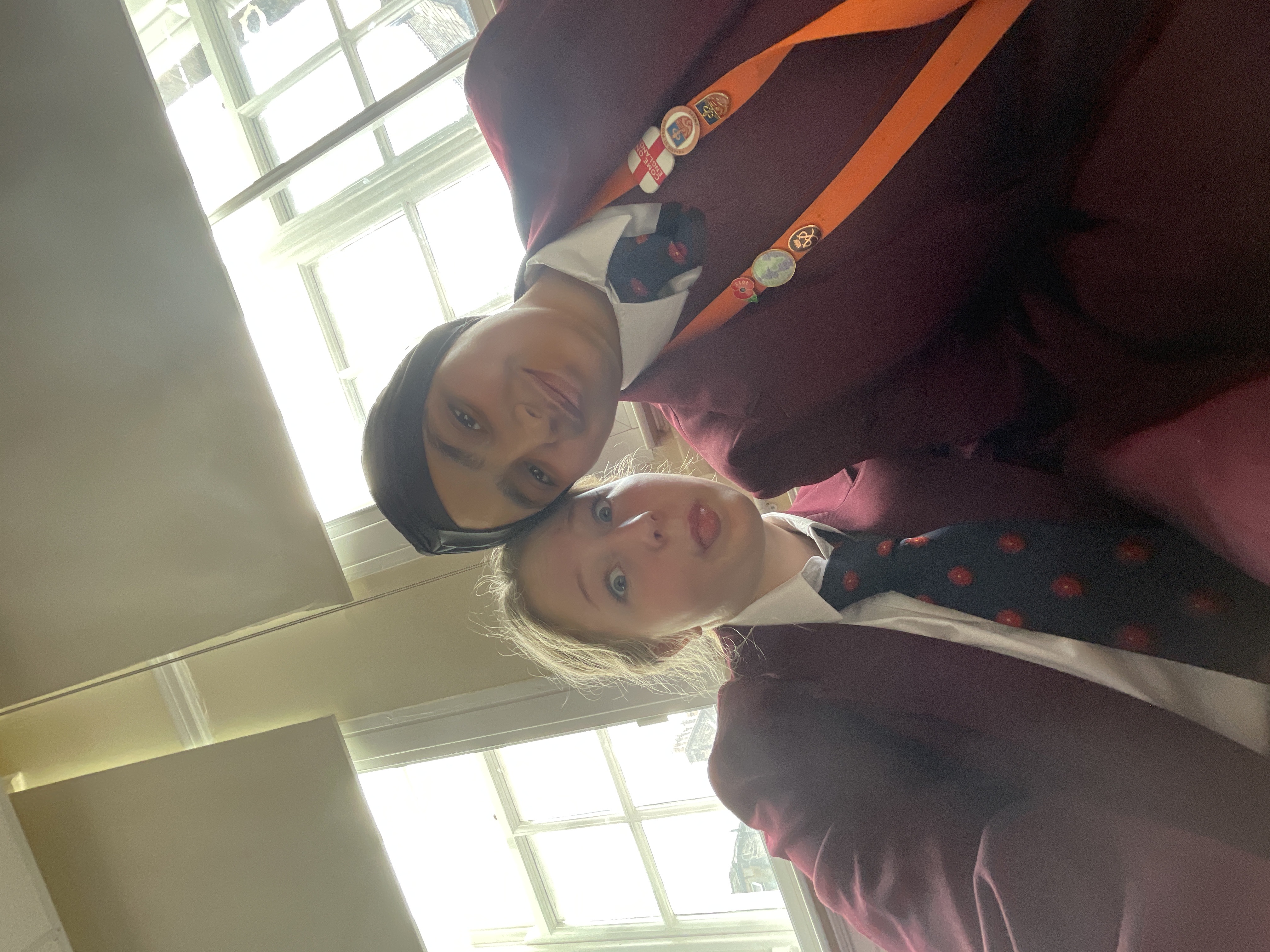topic 8 space physics
Cards (54)
- What is at the center of our solar system?
- What does heliocentric mean?
- Name two dwarf planets that orbit the Sun.
- What other celestial bodies are found in our solar system?
- How is our solar system positioned within the Milky Way galaxy?
- What mnemonic helps remember the order of the planets?
- What are smaller planets primarily made of?
- What are larger planets primarily made of?
- How do all planets orbit the Sun?
- Do all planets rotate at the same speed?
- What can cause a planet to rotate in the opposite direction?
- Why do larger planets have rings?
- What was the initial model of the solar system called?
- What did the geocentric model propose?
- What was a key feature of the geocentric model?
- What evidence supported the heliocentric model?
- What did Galileo observe that challenged the geocentric model?
- What did Kepler discover about planetary orbits?
- What causes a planet to change direction as it orbits the Sun?
- How does the velocity of a planet change as it orbits?
- What happens to a planet's speed due to gravitational force?
- What happens if a planet moves closer to the Sun?
- What is the initial state of a star's life cycle?
- What is the result of increased gravitational attraction?
- What draws gas and dust particles together?
- What happens to the temperature and pressure of the cloud as particles get closer?
- What occurs when pressure becomes great enough in the cloud?
- What is produced when hydrogen nuclei fuse together?
- What is the result of fusion in a star?
- What balances the gravitational collapse of a star?
- What happens when a star runs out of gas to fuse?
- What occurs if a massive star collapses?
- What remains after a massive star's supernova?
- What happens to a normal-sized star after it collapses?
- What remains after a normal-sized star's collapse?
- What does red shift indicate about galaxies?
- What does the change in distance of galaxies' speed indicate?
- How can the expansion of the universe be visualized?
- What happens to the wavelength of light from a galaxy moving away?
- What happens to the frequency of light as a galaxy moves away?
